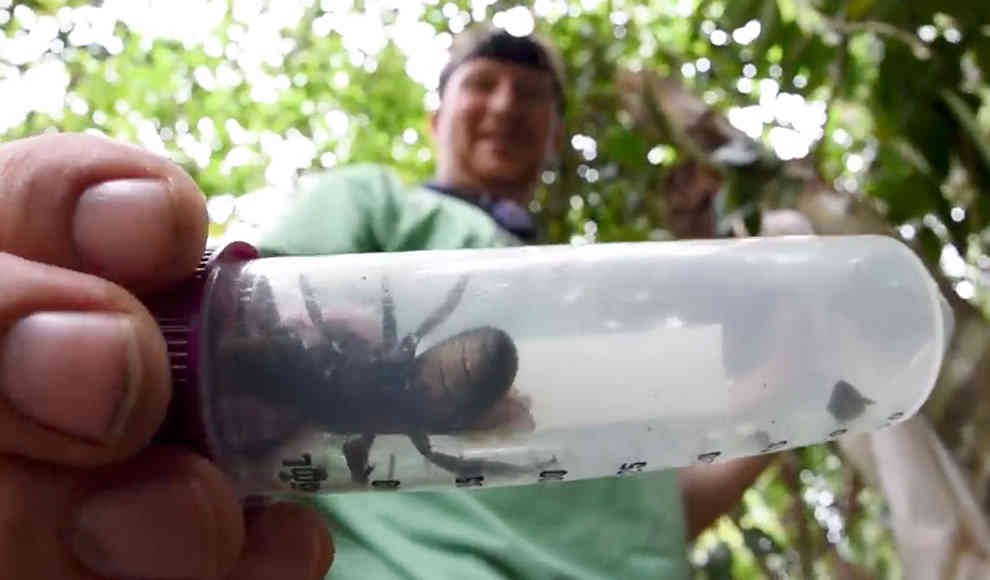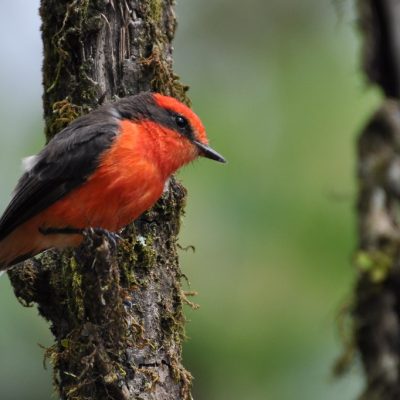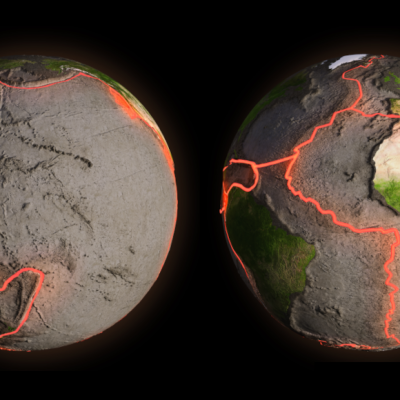In a remarkable discovery, the Wallace’s giant bee, also known as Megachile pluto, has been spotted for the first time in nearly four decades. The bee, which is four times larger than a honeybee and listed as an endangered species on the International Union for Conservation of Nature’s Red List, was last seen in 1981. Experts had feared that the world’s largest bee had gone extinct. However, the bee was recently found on a remote island in Indonesia by bee photographer Clay Bolt.
Bolt discovered a bee’s nest on the island of the northern Moluccas and was amazed to find several specimens of the giant bee. He took photos and videos to document the bee’s existence and to raise awareness about the importance of environmental conservation. Bolt hopes to make the Wallace’s giant bee a symbol of environmental protection in Indonesia. The bee was first discovered in 1861 by British naturalist Alfred Russel Wallace.
The discovery of the Wallace’s giant bee is a significant event for environmentalists and conservationists. The bee’s reappearance after nearly four decades is a reminder of the importance of preserving natural habitats and protecting endangered species. Bolt’s documentary on the discovery of the bee will undoubtedly raise awareness about the need for environmental conservation and the importance of protecting endangered species. The world can only hope that the Wallace’s giant bee will continue to thrive in its natural habitat and that its rediscovery will inspire others to take action to protect the environment.










